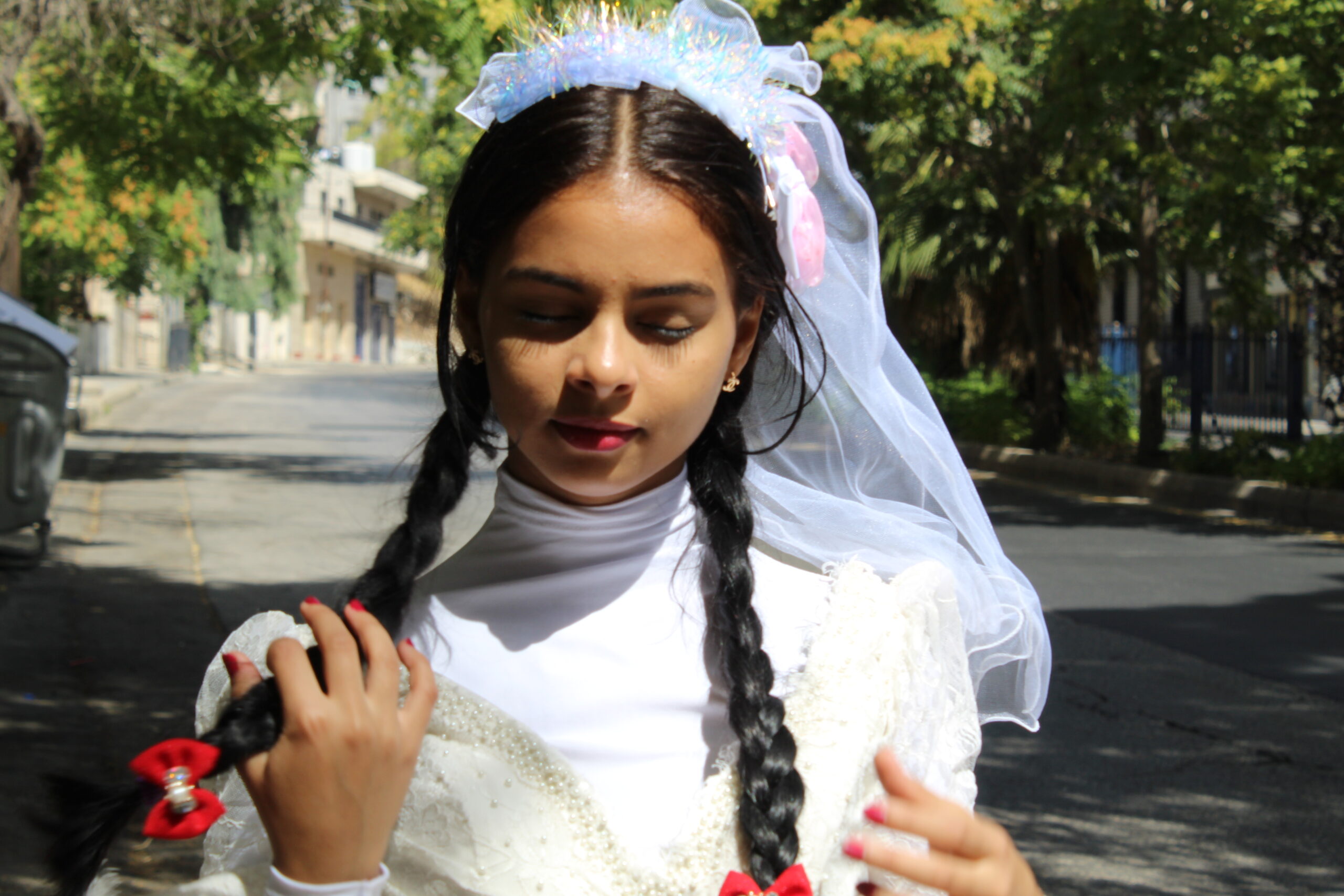How the Convention on the Rights of the Child Has Shaped Global Policies

Childhood is a critical phase in a person’s life. It is during this time that individuals form their beliefs, values, and capabilities. Recognizing the importance of safeguarding children’s rights, the international community came together to establish the Convention on the Rights of the Child (CRC) in 1989. This milestone agreement has had a profound impact on shaping global policies to ensure children’s well-being and protection.
Since the inception of the CRC, remarkable progress has been made in promoting and protecting the rights of children worldwide. One of the most significant aspects of the convention is its recognition of children as rights holders. By acknowledging children as individuals with distinct rights, the convention ensures that their voices are heard and their best interests are prioritized.
A fundamental principle of the CRC is non-discrimination, guaranteeing that all children enjoy equal rights irrespective of their gender, race, religion, or social background. This principle has been instrumental in challenging societal norms that perpetuate discrimination against children based on these factors. It has led to transformative changes in policies, education systems, and legal frameworks to dismantle barriers and ensure that every child has an equal chance to thrive.
Another crucial aspect of the CRC is the principle of the child’s best interests. It emphasizes that decision-making processes and policies must consider what is most beneficial for children. This principle has played a pivotal role in shaping policies related to child protection, education, healthcare, and juvenile justice systems. It has compelled governments to prioritize children’s well-being in all aspects of society.
Under the CRC, children have the right to freedom of expression and participation. This right has empowered children to actively contribute to decision-making processes that affect their lives. It has resulted in the establishment of mechanisms and platforms for children to express their opinions and be involved in shaping policies and programs that impact them. This inclusive approach has fostered a sense of ownership and empowerment among children, enabling them to become agents of change in their communities.
The CRC not only focuses on civil and political rights but also recognizes the importance of economic, social, and cultural rights for children. This holistic approach ensures that children have access to education, healthcare, clean water, and adequate nutrition. It also addresses the issue of child labor, aiming to eradicate exploitative forms and protect children’s right to a safe and nurturing environment.
Armed conflicts and humanitarian crises disproportionately affect children, leaving them vulnerable to violence, abuse, and exploitation. The CRC places a strong emphasis on the protection of children during times of conflict and crisis. It sets standards for the prevention of recruitment of child soldiers, the provision of humanitarian aid, and the reunification of families. These provisions have shaped global policies by urging nations to prioritize the protection of children in conflict-affected areas and work towards their recovery and reintegration into society.
The CRC has established a framework for accountability and monitoring. States that have ratified the convention are required to submit periodic reports outlining the progress made in implementing children’s rights. This reporting process allows for independent scrutiny of the situation of children and facilitates peer learning and exchange of good practices. It enables policymakers and governments to identify gaps in their policies and take corrective measures to ensure the effective realization of children’s rights.
Over the years, the CRC has inspired the development of regional and national legislative frameworks that align with its principles. The convention has served as a catalyst for policy changes across various domains, leading to the establishment of national laws and institutions focusing on children’s rights. It has also influenced the work of international organizations, non-governmental organizations, and grassroots movements, creating a global momentum for protecting and promoting children’s rights.
In conclusion, the Convention on the Rights of the Child has significantly influenced global policies aimed at safeguarding and promoting children’s rights. Through its principles of non-discrimination, the best interests of the child, and child participation, the convention has transformed the way governments, organizations, and communities approach child rights issues. The CRC continues to shape policies and inspire action to build a world where every child can enjoy their rights and reach their full potential.
Human right activist
Nada Foundation




